Disaster recovery experiences
The International Recovery Platform (IRP) provides collections of resources from recovery experiences to support learning and improve preparedness to "build back better" through integrating lessons learned and best practices into future recovery efforts.
Cyclone
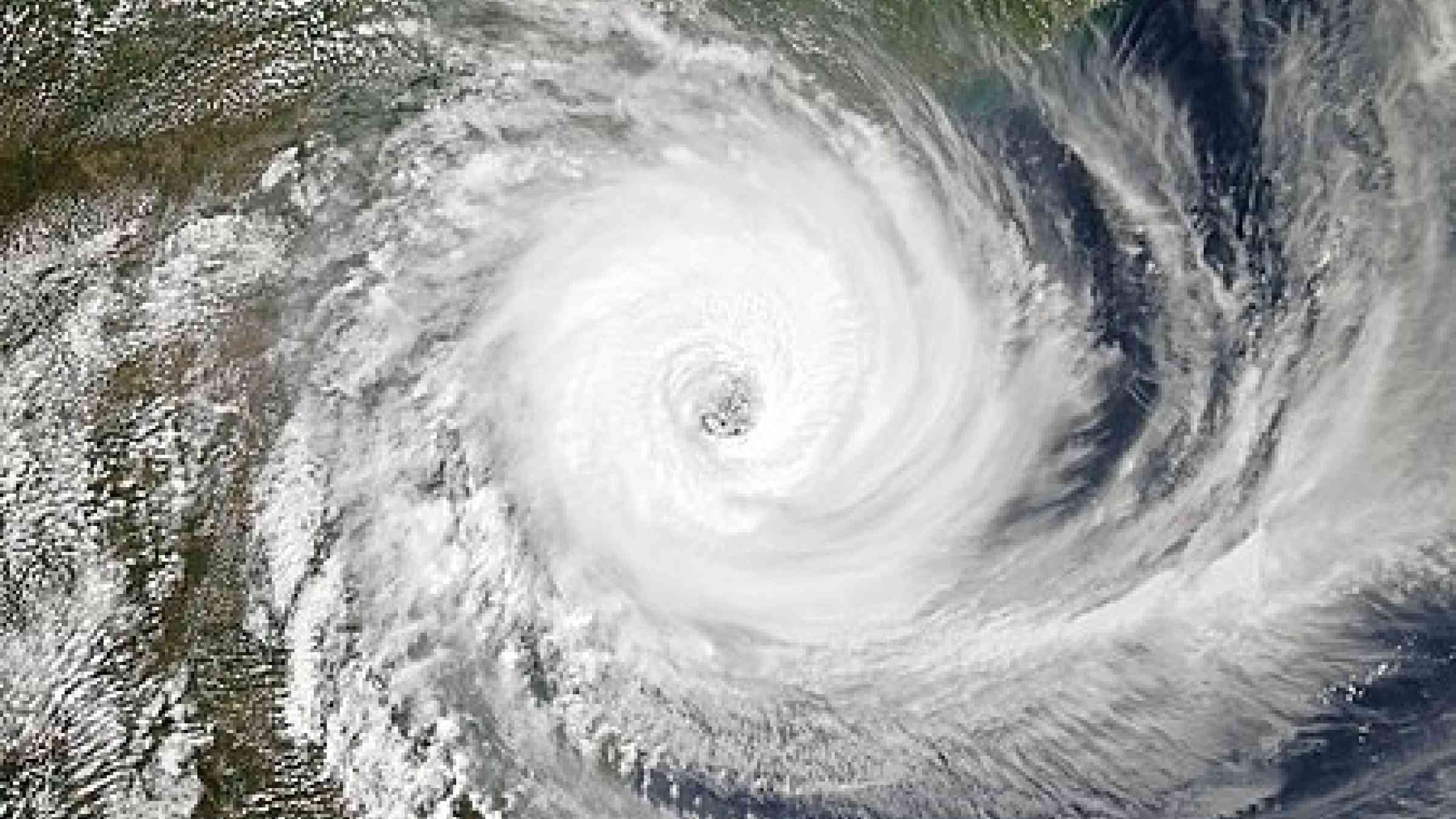
Learn from cyclone recovery experiences:
- Cyclones Idai and Kenneth 2019
In 2019, Cyclones Idai and Kenneth caused widespread devastation in Mozambique, Malawi, and Zimbabwe, leading to severe flooding, destruction, and a humanitarian crisis. - Cyclone Gita 2018
Cyclone Gita, one of the strongest storms to hit Tonga, caused significant damage to homes, infrastructure, and crops across the South Pacific in 2018. - Hurricane Maria 2017
Hurricane Maria struck Puerto Rico and other Caribbean islands in 2017, causing catastrophic damage, widespread power outages, and a major humanitarian crisis. - Typhoon Haiyan (Yolanda), Philippines 2013
Typhoon Haiyan, one of the most powerful typhoons ever recorded, struck the Philippines in 2013, resulting in immense destruction and loss of life.
Earthquake
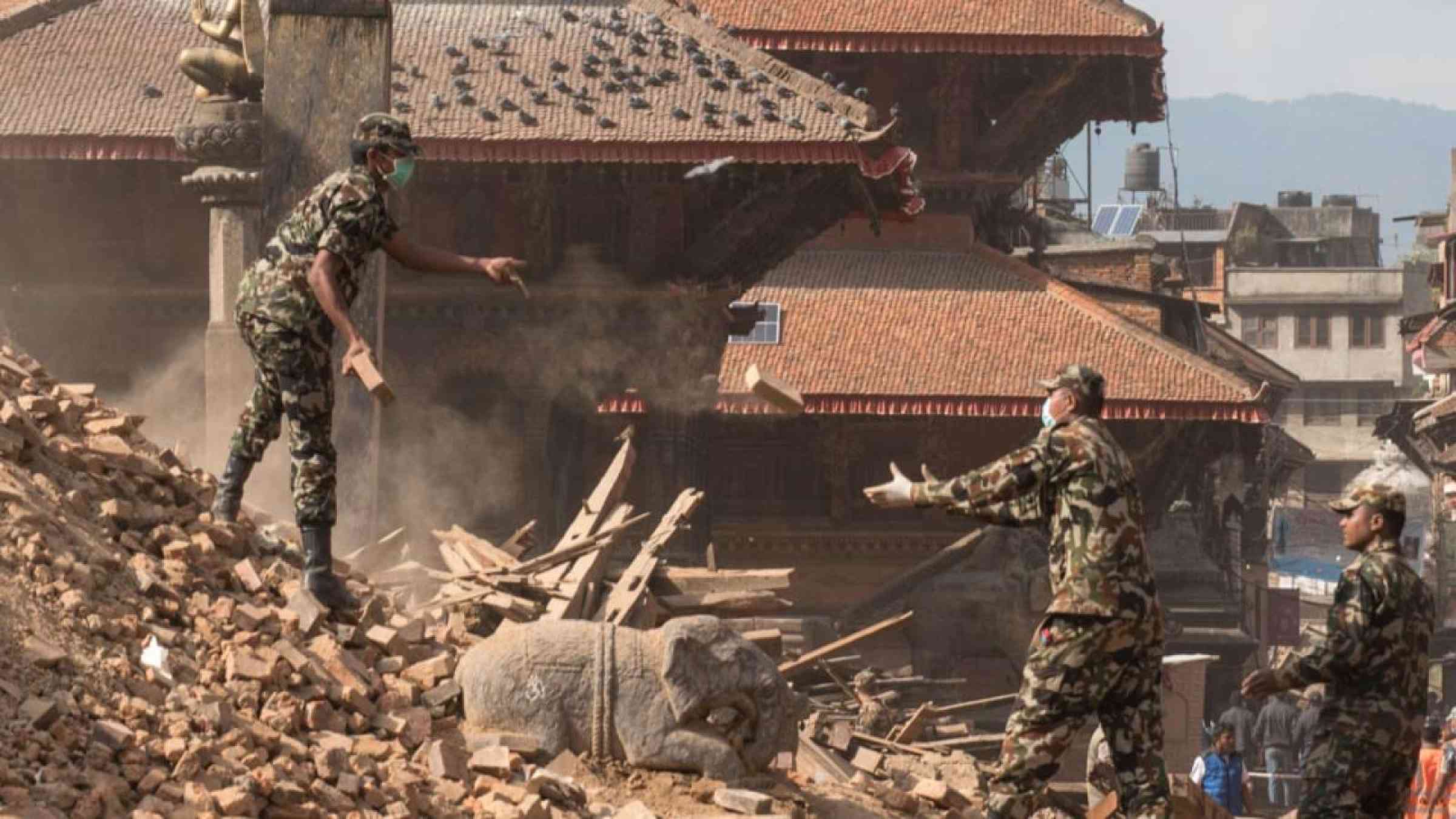
Learn from earthquake recovery experiences:
- Gorkha Earthquake, Nepal, 2015 Recovery
The 2015 earthquake severely impacted Nepal, causing widespread destruction and leading to a complex recovery process focused on rebuilding and restoring affected communities. - Great East Japan Earthquake and Tsunami, 2011
In 2011, the Great East Japan Earthquake and subsequent tsunami devastated northeastern Japan, triggering a major recovery and rebuilding process. - Christchurch and Canterbury earthquakes, New Zealand, 2010-2011
The Christchurch and Canterbury earthquakes of 2010-2011 caused extensive damage, reshaping the city and region. The recovery efforts focused on innovative rebuilding, strengthening infrastructure, and revitalizing the community - Indian Ocean Earthquake and Tsunami, 2004
The 2004 Indian Ocean earthquake and tsunami caused massive devastation across multiple countries, initiating one of the largest recovery efforts in history. - Izmit earthquake, Turkey, 1999
The Izmit Earthquake in 1999 severely impacted Turkey, prompting significant rebuilding and recovery initiatives.
Flood
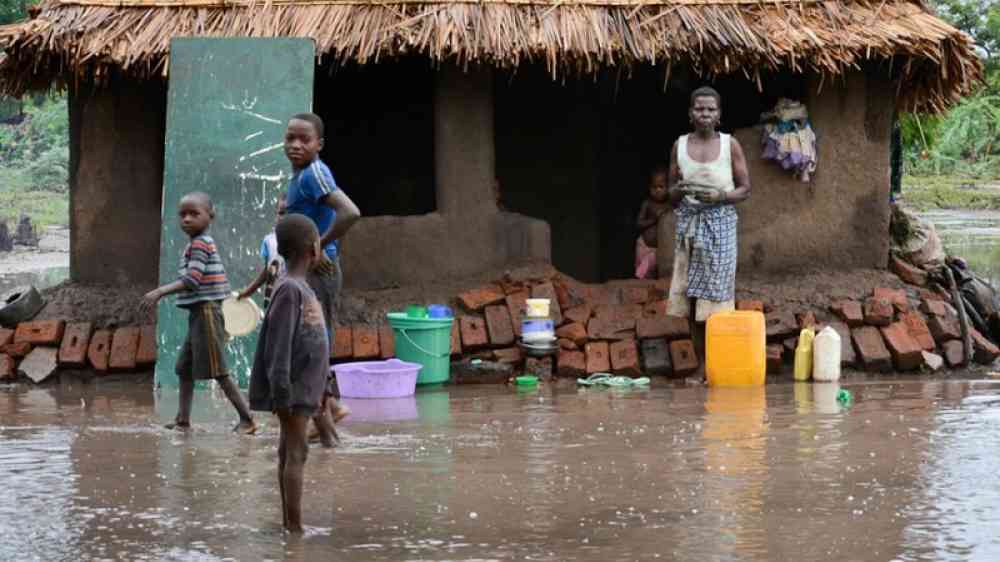
Learn from flood recovery experiences:
- Floods, Malawi, 2015
The 2015 floods in Malawi caused widespread devastation, displacing hundreds of thousands and severely impacting agriculture and infrastructure. Recovery efforts focused on rebuilding homes, restoring livelihoods, and enhancing community resilience against future floods.
Landslide
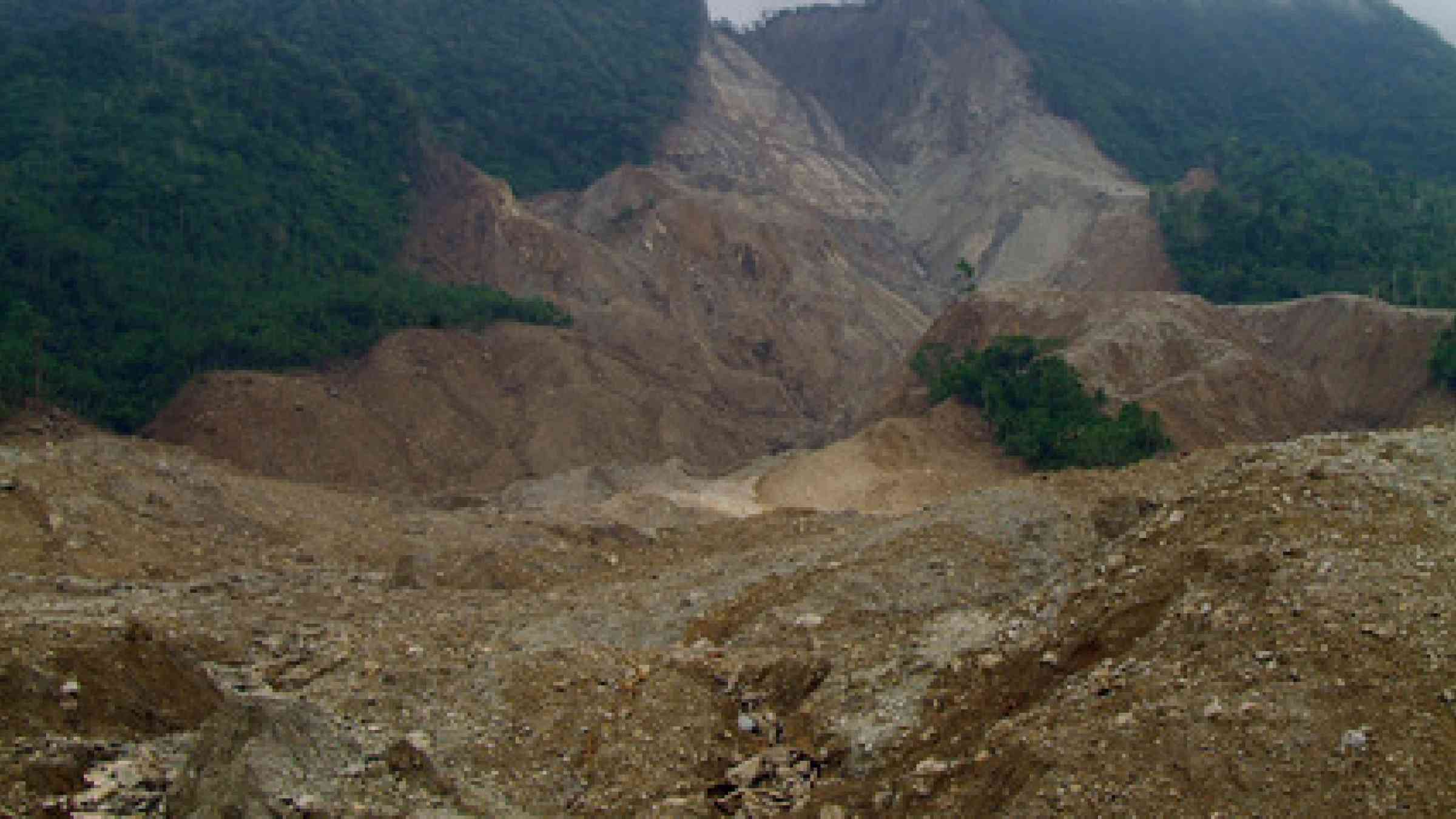
Learn from landside recovery experiences:
- Southern Leyte Landslide, Philippines 2006
The 2006 Southern Leyte landslide in the Philippines buried an entire village, resulting in significant loss of life and widespread destruction. Recovery efforts focused on search and rescue, relocating survivors, and rebuilding infrastructure
Tsunami
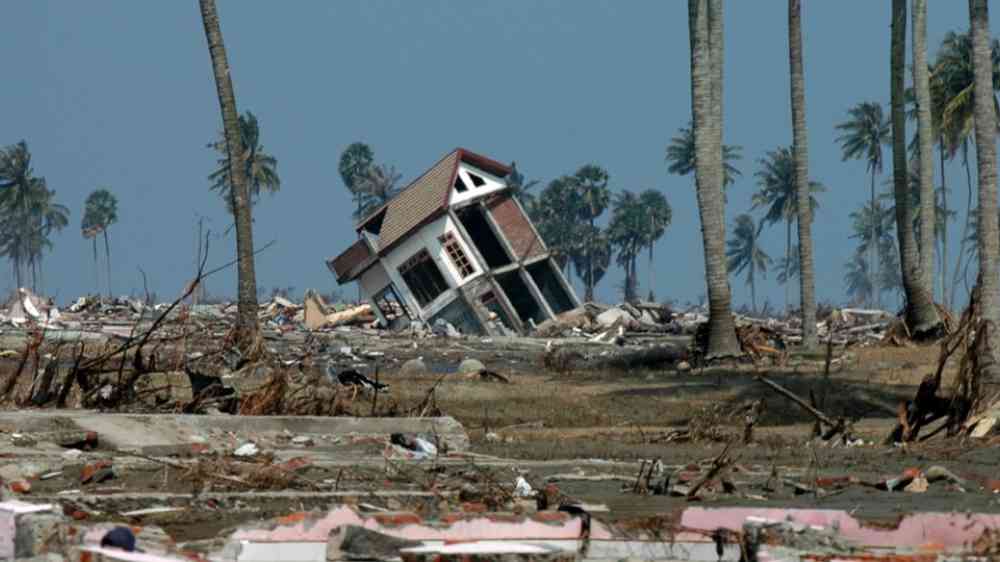
Learn from tsunami experiences:
- Indian Ocean Earthquake and Tsunami, 2004
The 2004 Indian Ocean earthquake and tsunami caused massive devastation across multiple countries, initiating one of the largest recovery efforts in history. - Great East Japan Earthquake and Tsunami
In 2011, the Great East Japan Earthquake and subsequent tsunami devastated northeastern Japan, triggering a major recovery and rebuilding process.
Volcano
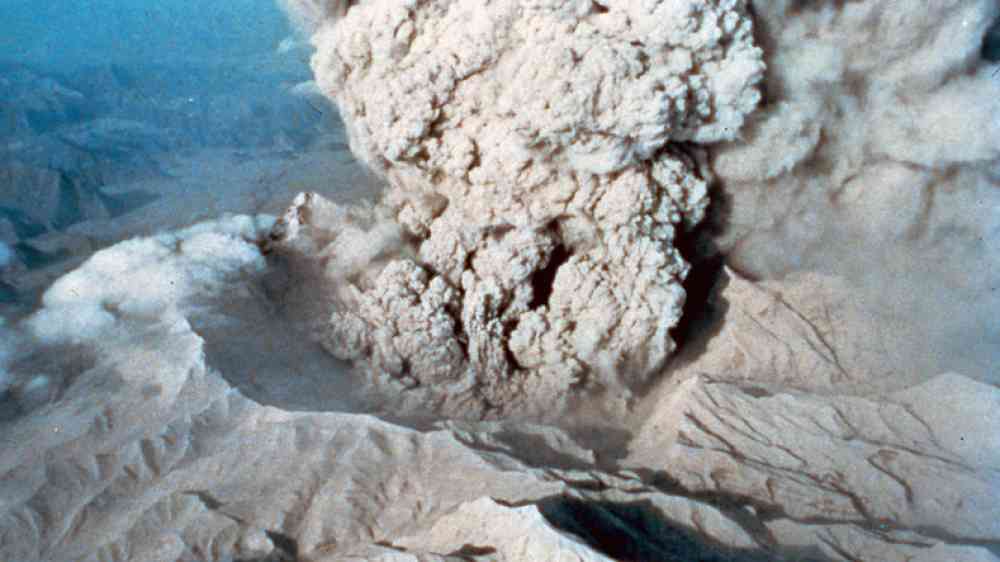
Learn from more volcano recovery experiences
- Mount Pinatubo Eruption, Philippines, 1991
The 1991 eruption of Mount Pinatubo was one of the largest volcanic eruptions of the 20th century, causing massive ashfall, pyroclastic flows, and extensive damage. The recovery involved large-scale evacuation, infrastructure restoration, and long-term environmental rehabilitation.
Wildfire

Learn from more wildfire recovery experiences
- Black Summer Bushfires, Australia 2019-2020
The Black Summer bushfires in Australia during 2019-2020 were unprecedented in scale, causing widespread destruction across multiple states, devastating wildlife, and leading to significant loss of property and life. The recovery efforts focused on restoring affected communities, supporting wildlife conservation, and implementing measures to mitigate future fire risks.